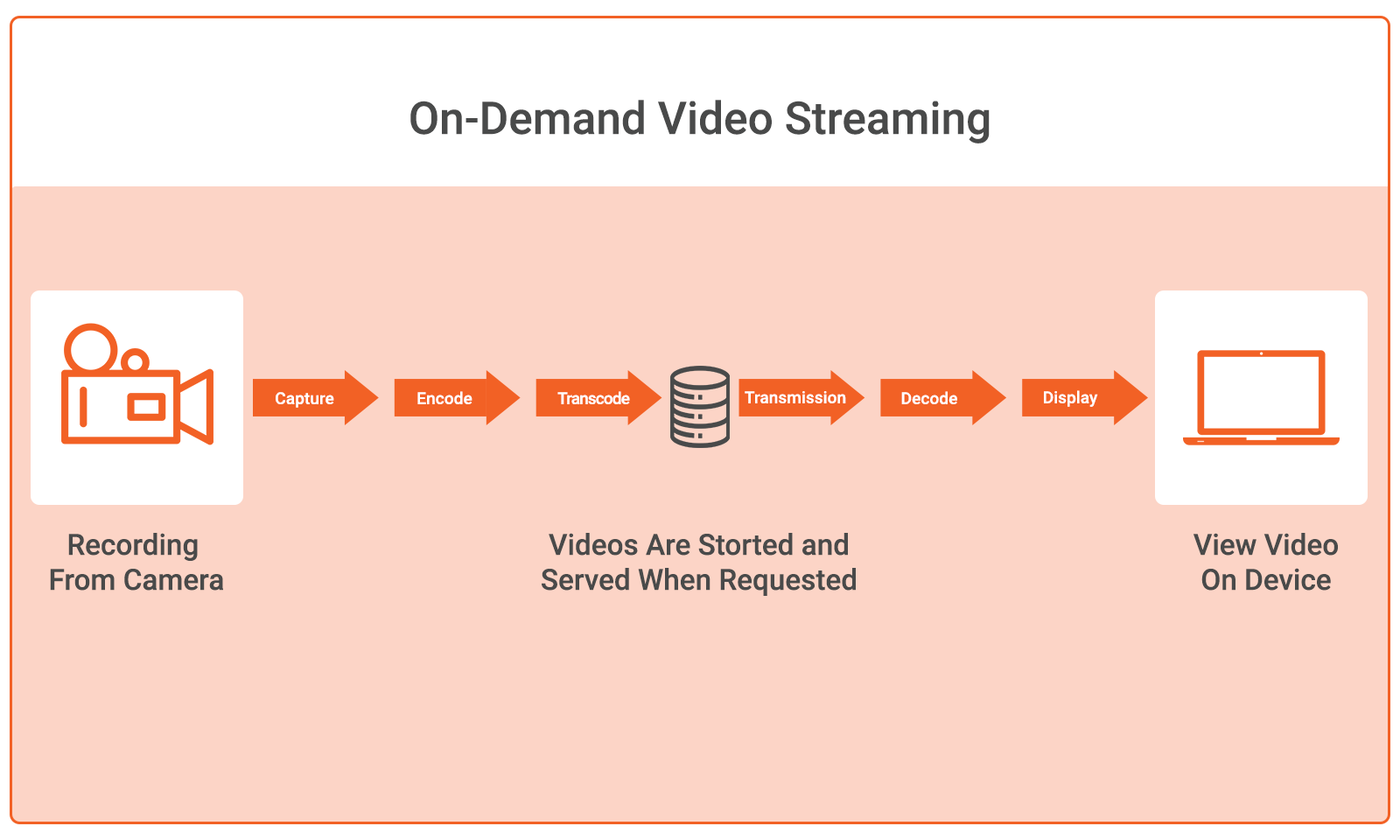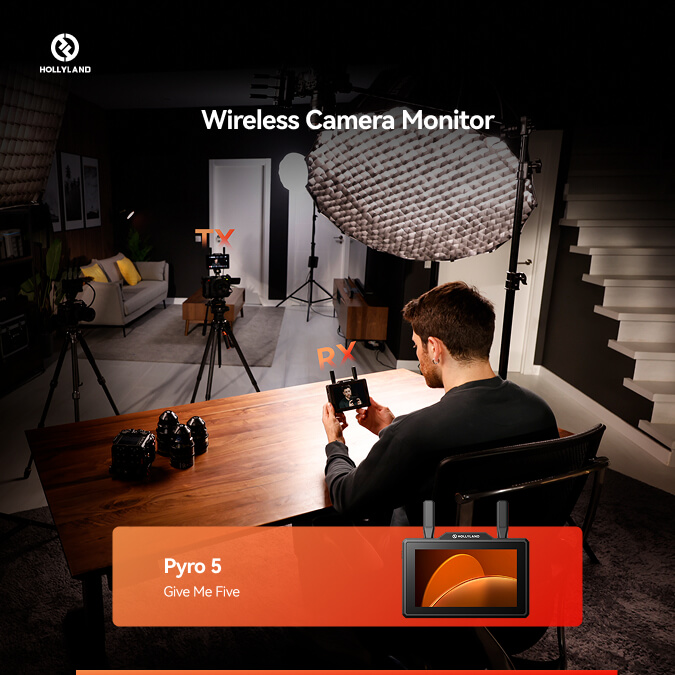We regularly stream movies, live sports, and other content on various platforms. Likewise, many creators go live on Twitch and various other platforms for their audience. However, low-quality streaming can quickly sour our experiences. High-quality live streaming requires a high-quality camera. For instance, Hollyland VenusLiv Air is compatible with 4K at 30fps. It features artificial intelligence to maintain high-quality streams 24/7. Then you need a reliable internet connection with good bandwidth.


Hollyland VenusLiv Air - Compact 4K Streaming Camera
A compact, all-in-one 4K live streaming camera with a large sensor and fast lens, featuring AI-powered tools.
Key Features: 4K30 | 1/1.3″ CMOS | AI Tuning | 24/7 Streaming
Let’s determine how much bandwidth streaming requires, depending on the event and video quality.
Understanding Key Terms
Many people tend to mix up the terms- bandwidth, data usage, and Mbps. They may sound similar, but there are definitely some differences among them. Before learning about bandwidth and streaming, let’s try distinguishing between these terms.

Bandwidth: Bandwidth is the maximum rate at which data can be transmitted through an internet connection. It determines the capacity of transmitting data within a given time. The higher the bandwidth, the higher the data flow. The unit of bandwidth is bps(bits per second).
Data usage: The total amount of data used in online activities. You can monitor your internet plan’s data usage against its limit. The units for data usage are- bytes.
Mbps: Mbps stands for Megabits per second. It is the unit of bandwidth or internet speed. One Megabit means 1 million bits of data.
Don’t mix up bandwidth with total data usage. Bandwidth refers to the speed and the amount of data that can flow simultaneously. On the other hand, data usage refers to the amount of data that is consumed.
Bandwidth Required for Different Streaming Qualities
Typically, resolution determines the quality of streaming video. Resolution measures the size of a video in pixels. Higher resolution indicates clearer images. They also require more bandwidth. Here’s how bandwidth may affect streaming qualities:
Standard Definition (480p)
The streaming quality of Standard definition is the lowest. 480p means 720 × 480 resolutions. It loads fewer pixels than the HD or FHD. Therefore, it can also run on a lower bandwidth. A bandwidth of 3 to 4 Mbps can deliver smooth streaming in SD. Perfect for slower internet connections, albeit at the cost of stream quality.

High Definition (720p)
High definition (1280 × 720 pixels) offers good resolution. It’s on the lower spectrum of clear visuals, often the bare minimum that provides a satisfactory result. It needs about 5 to 7 Mbps of bandwidth. Any lower may not get you an uninterrupted video stream.

Full HD (1080p)
1080p or FHD is the standard streaming quality nowadays. Each frame in FHD streaming is 1920 X 1080 pixels. This quality provides sufficient clarity without requiring very high bandwidth. You can easily stream in 1080p with an 8-12 Mbps bandwidth. Suitable for most laptops, mobile devices, and standard-sized monitors.

4K Ultra HD (2160p)
4K Ultra HD (3840 x 2160 pixels) is an advanced resolution. You’ll need a decent bandwidth of 25 Mbps or more for a bufferless, smooth UHD experience. 4K streaming requires much higher bandwidth than FHD, HD, or SD. More importantly, it depends more on your device than your internet connection. If your hardware doesn’t support 4K, improving your bandwidth won’t help.

8K and Beyond (professional use)
8K streaming (7680 × 4320 pixels) requires a high-end device, coupled with a bandwidth of 50-100 Mbps. For regular streaming, it’s hardly necessary. Primarily, professionals need 8K streaming for movie production and large display screens. This requires an extremely high bandwidth of 80 Mbps or higher.
Factors Affecting Bandwidth Needs
The following factors affect how much bandwidth you will actually require for streaming:
- Number of devices: Multiple devices streaming simultaneously require more bandwidth. For instance, playing 1080p videos on different devices simultaneously will require roughly double the bandwidth.
- Streaming platforms and compression: Different platforms employ different methods to compress videos. It helps reduce bandwidth requirements without sacrificing quality. Some services are more efficient.
- Network conditions: Higher bandwidth helps to avoid buffering. Therefore, use a higher bandwidth in areas with weak Wi-Fi signals.
- Video frame rate: Higher frame rates require more bandwidth. On the contrary, low frame-rate video requires less internet speed. For instance, 60 fps works fine with high-speed bandwidth. And, standard 30 fps videos require less bandwidth.
- Standard device: High-quality devices are compatible with high bandwidth.
Conclusion
Being aware of how much bandwidth streaming videos consume helps you choose the best internet plan. Sufficient bandwidth helps prevent slowdowns or buffering. Lower video quality (480p) requires only a few Mbps. On the other hand, full HD needs more. Streaming 4K or higher requires a high-speed internet connection. The higher your bandwidth, the more streaming options you will have.
FAQs
What is the difference between bandwidth and data usage when streaming videos?
Bandwidth shows how much data your connection can transfer per second. Its unit is Mbps. On the other hand, data usage is the total amount of data used on a device. Bandwidth affects smooth video streams. Meanwhile, data usage affects your data plan limits.
Will streaming multiple devices at once require more bandwidth?
Yes. Each additional streaming device adds to the total bandwidth needed. For example, two devices streaming Full HD videos require double the bandwidth.
Does the streaming quality affect how fast my internet needs to be?
Yes. Higher streaming quality requires higher bandwidth. 1080p and 4K resolution work fine with faster internet speeds. Both deliver smooth streaming at this rate.
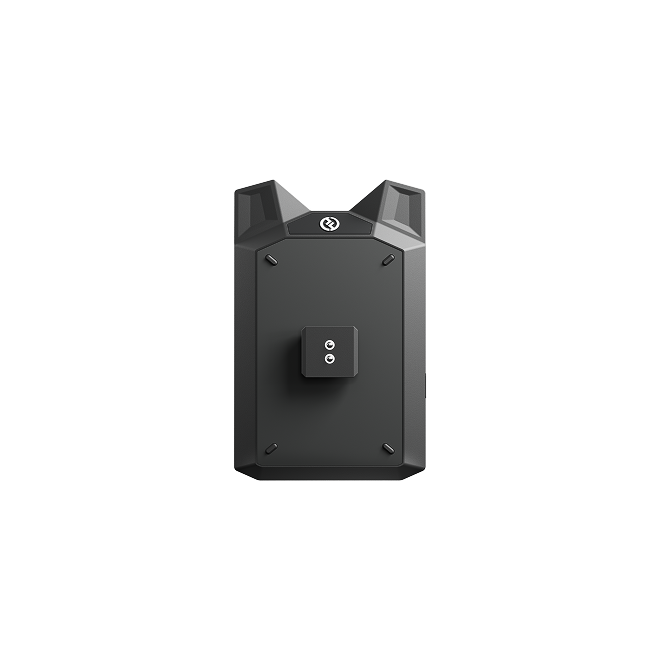

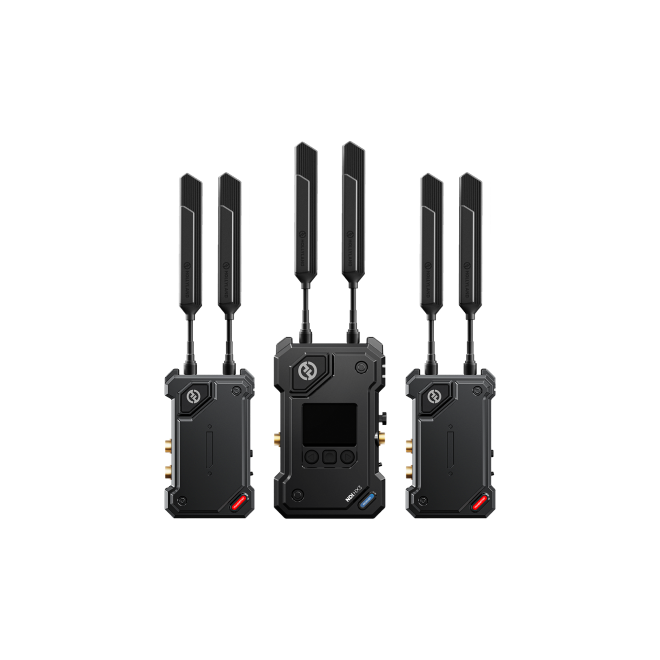
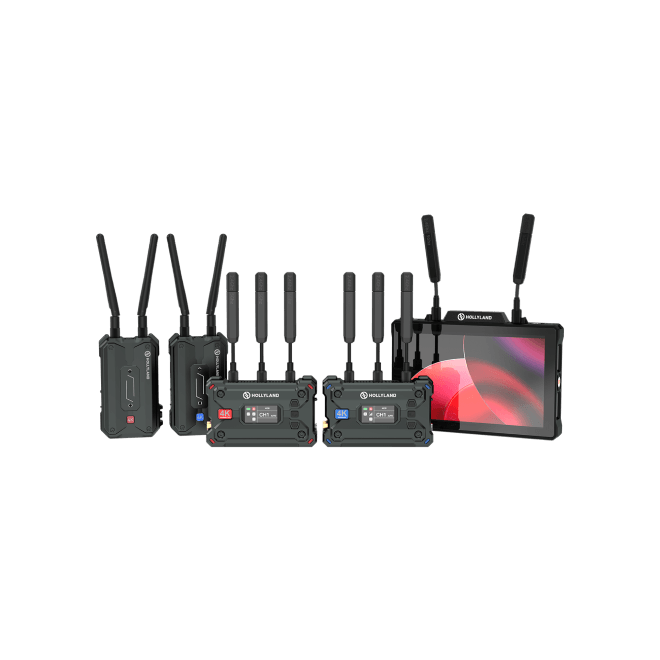
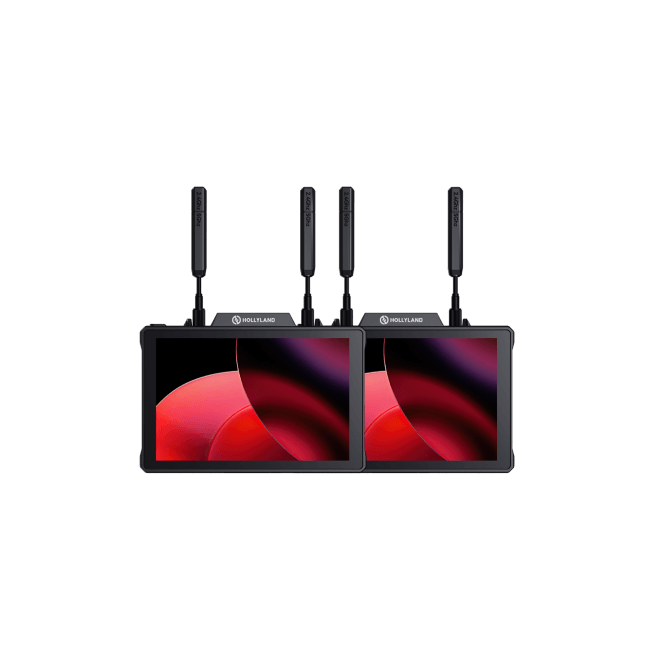
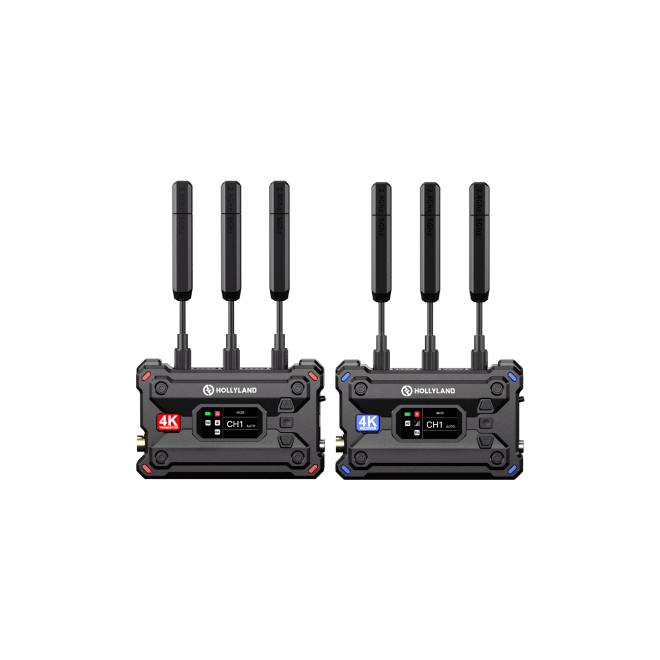
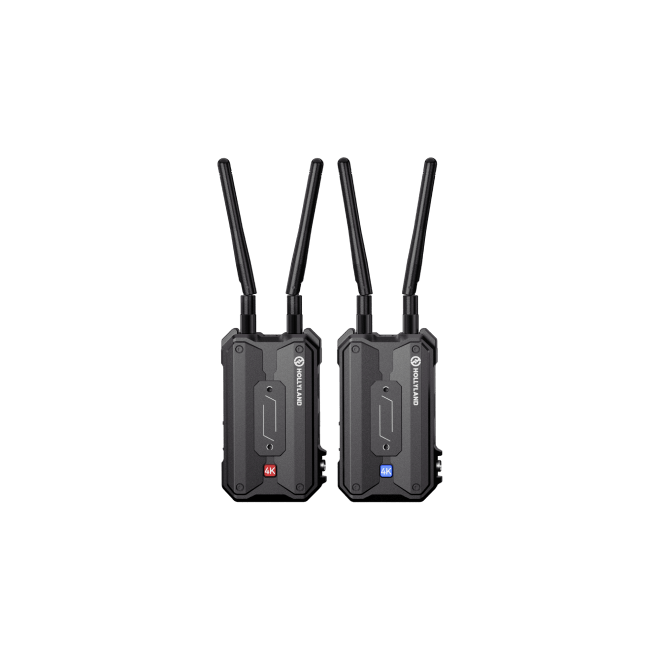
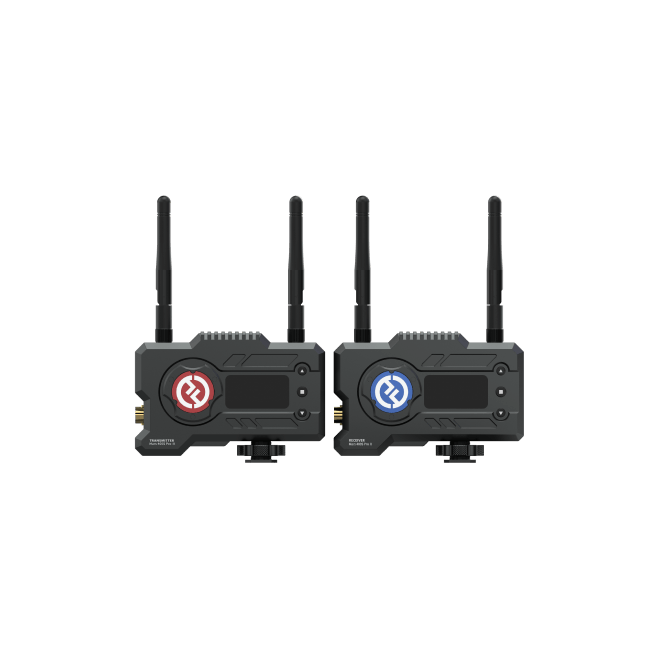

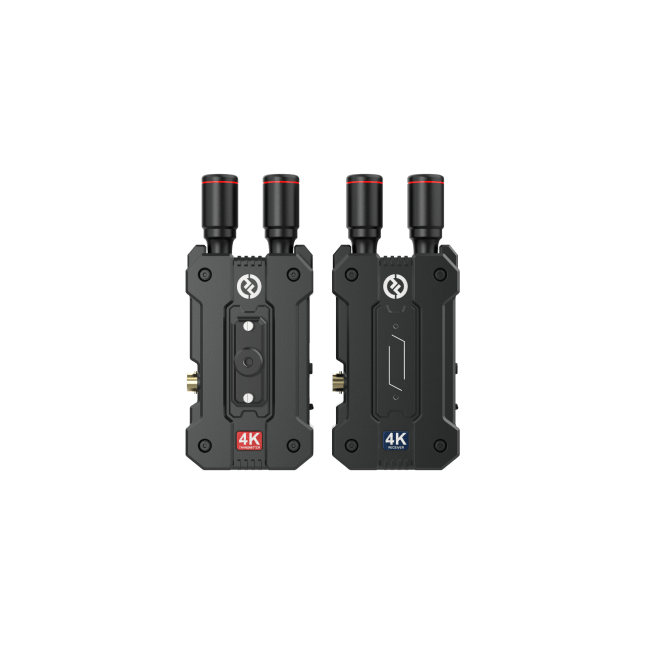
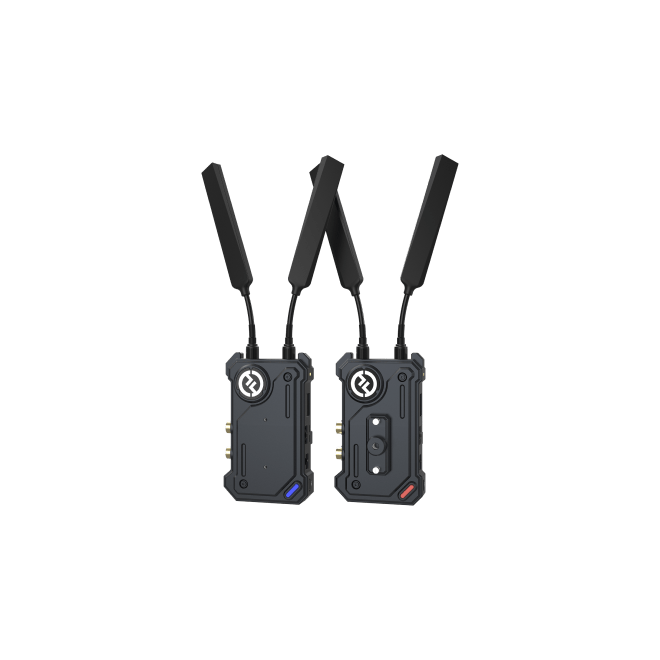
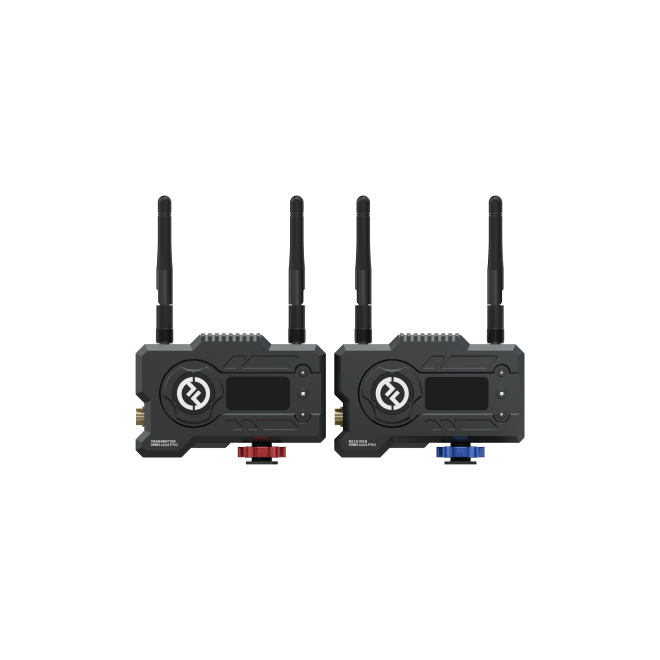
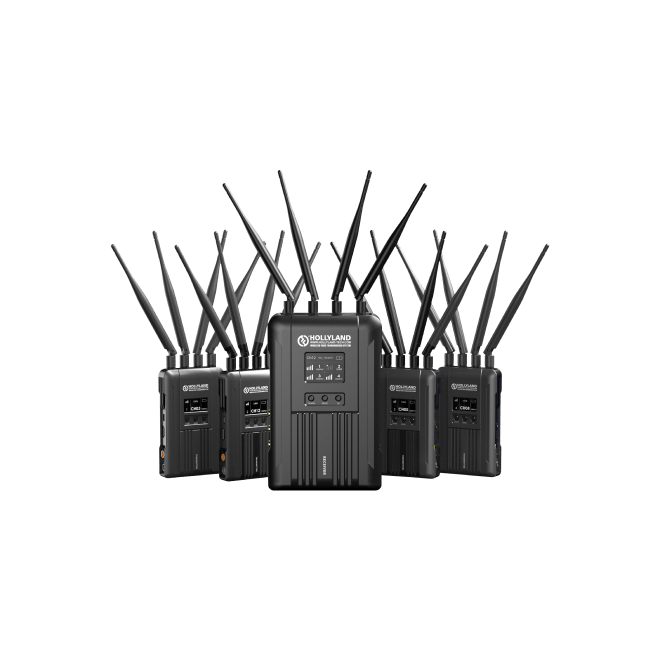
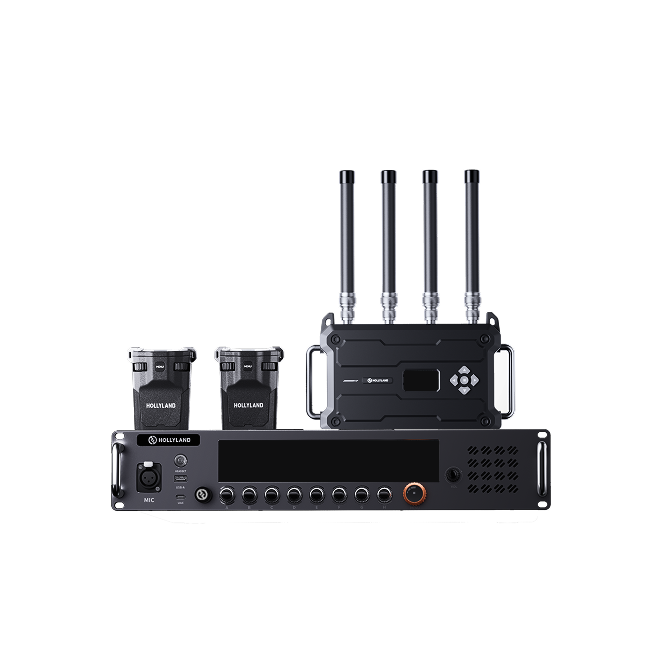

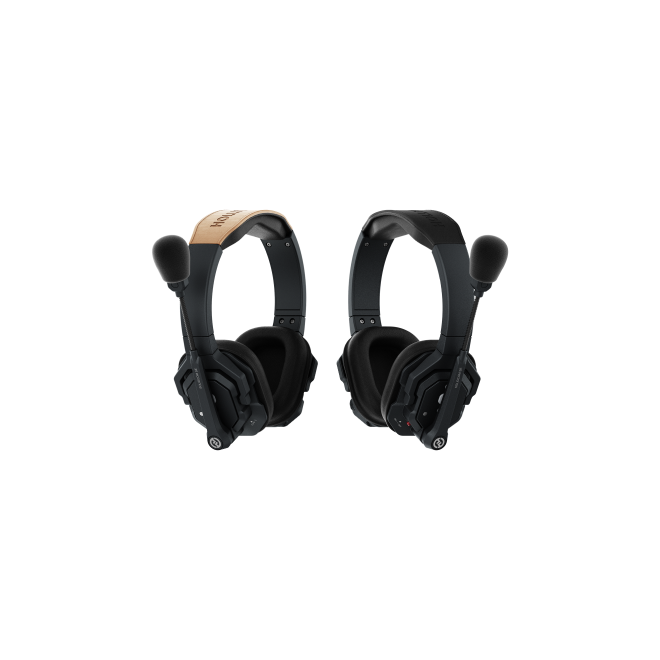

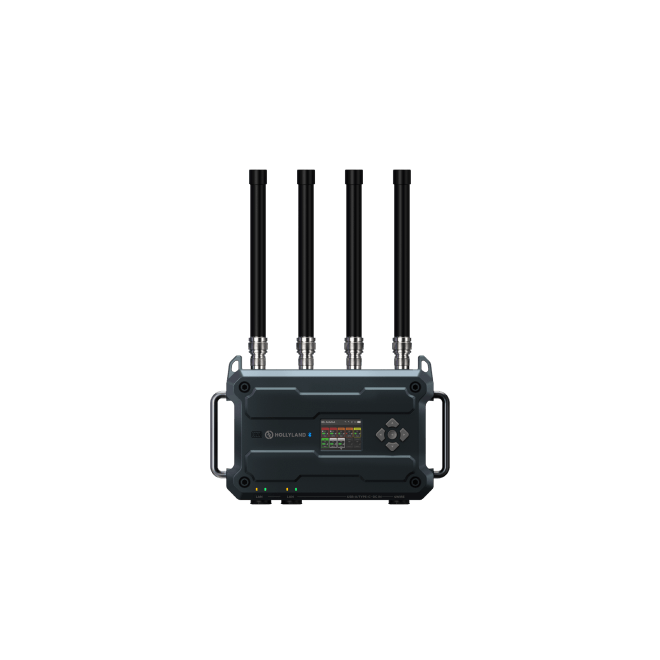
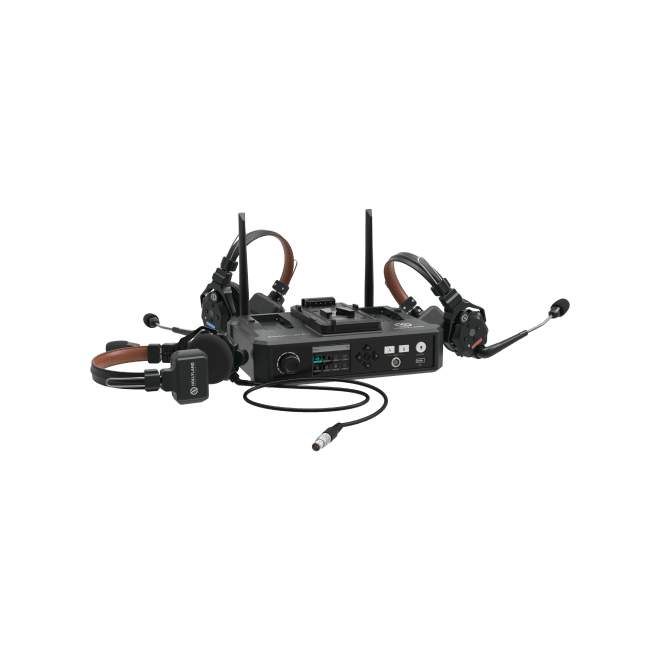
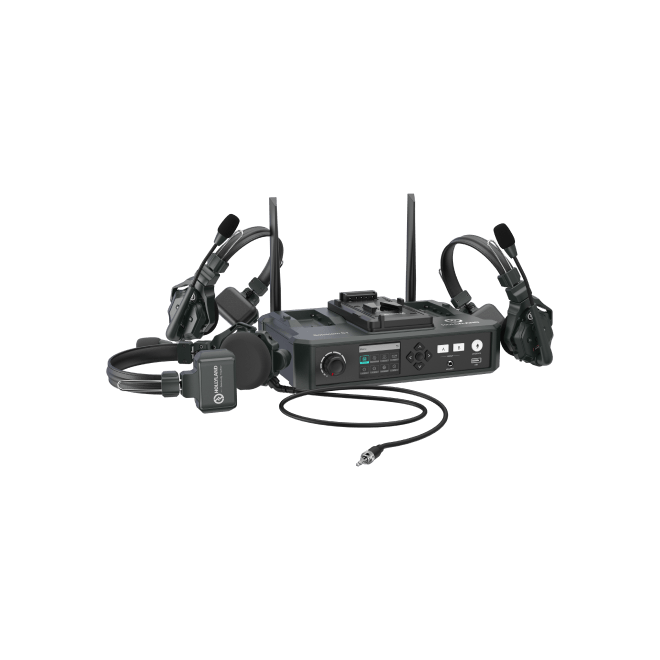
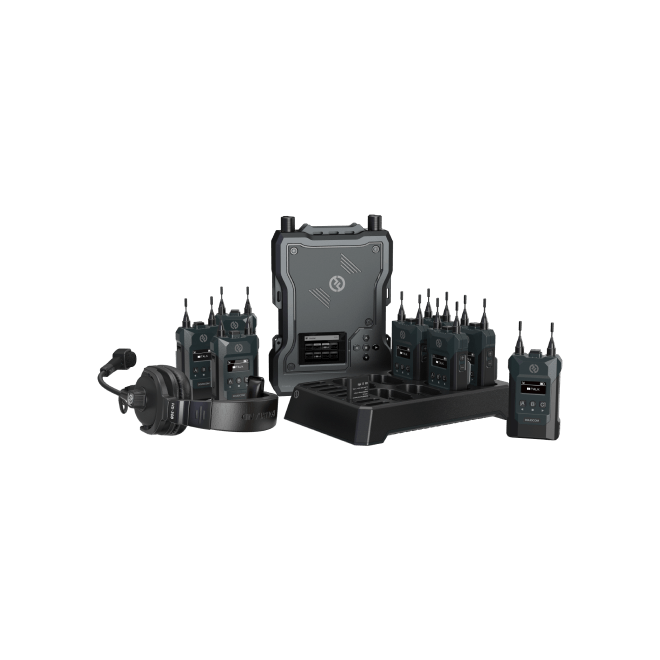
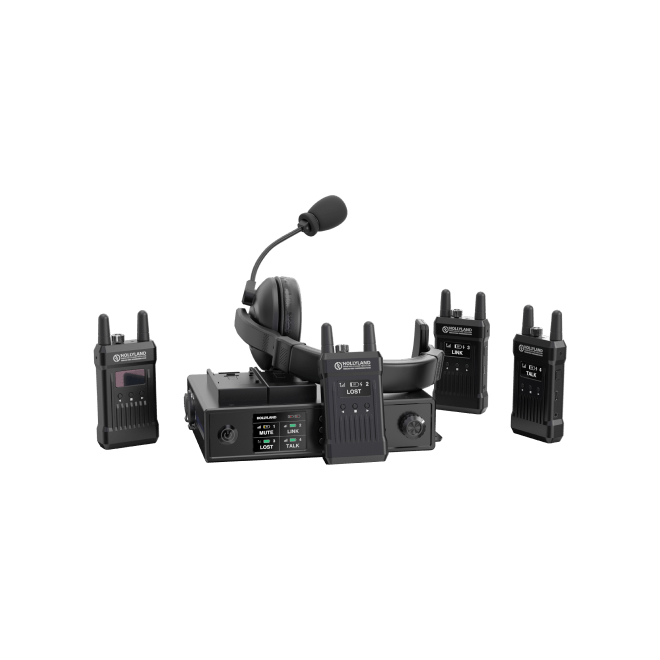
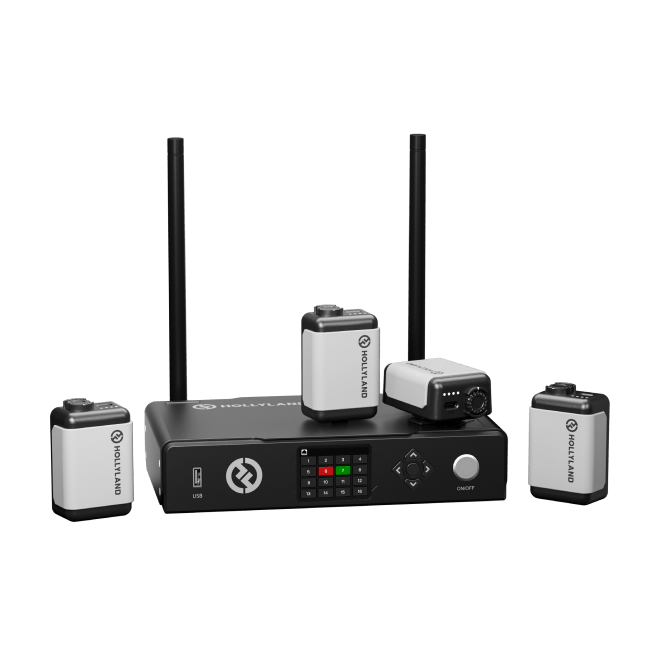
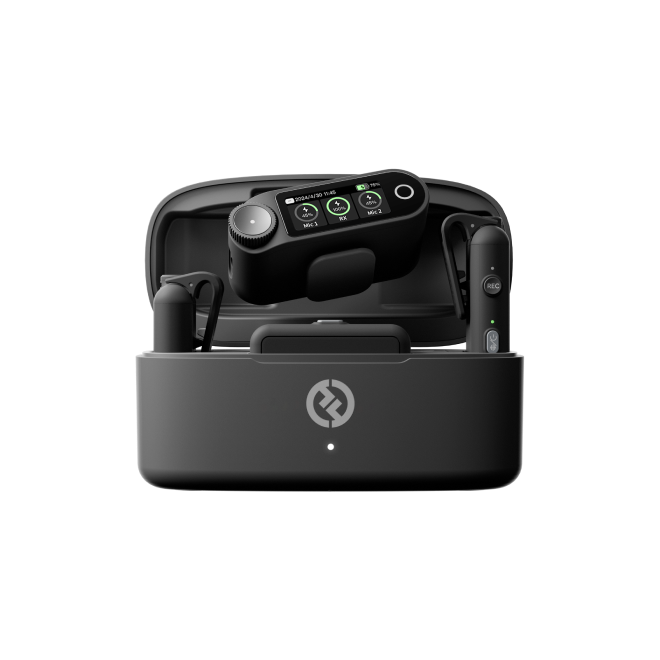
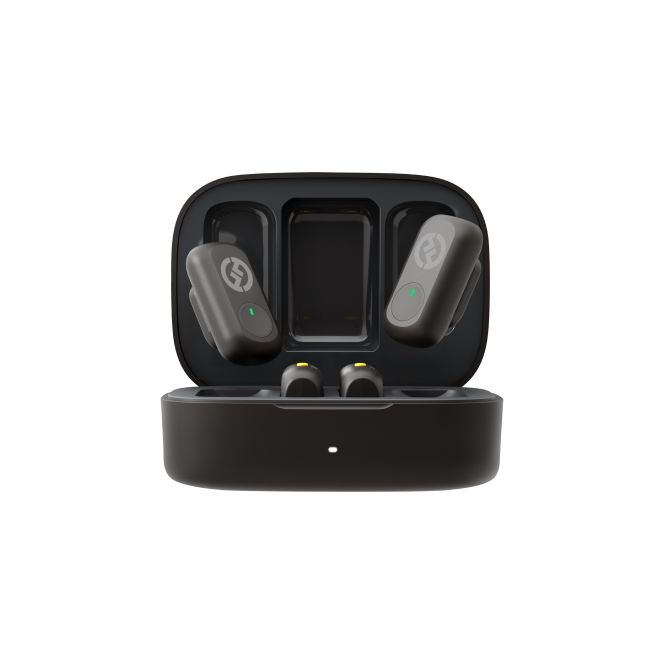

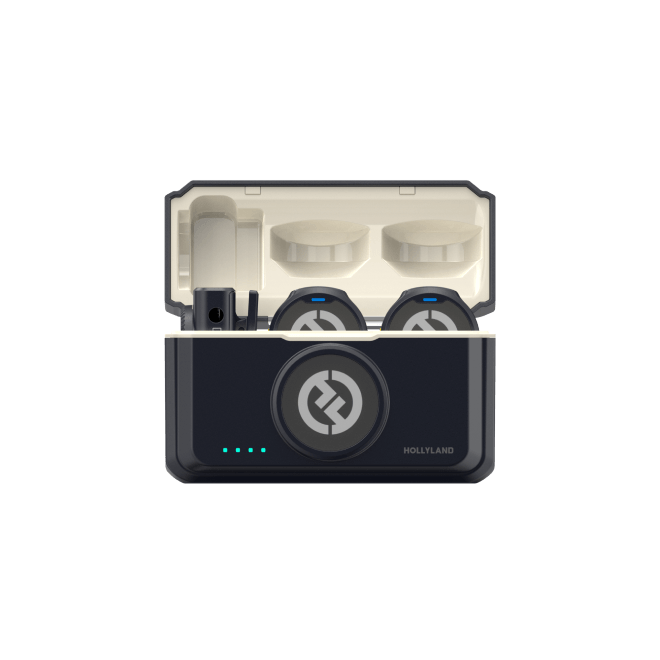
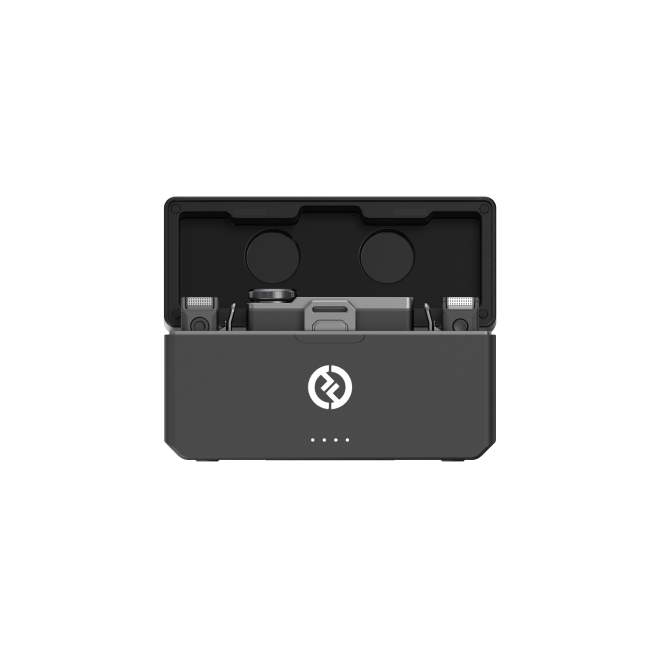
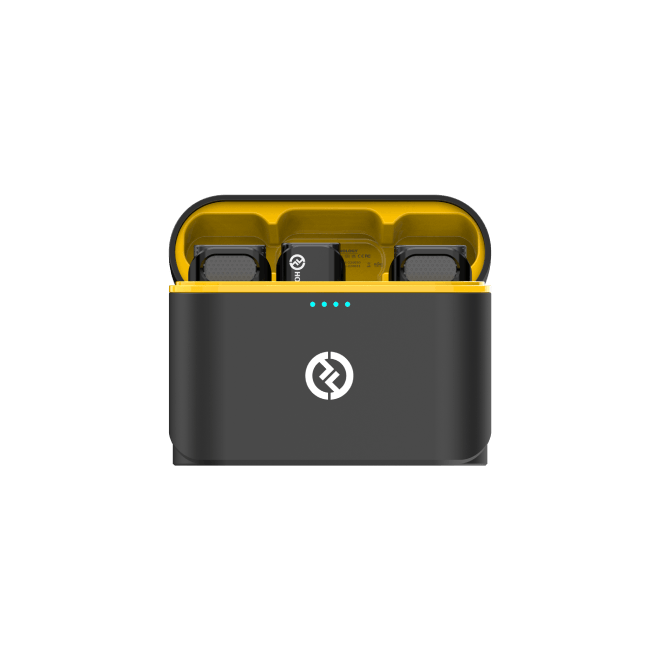

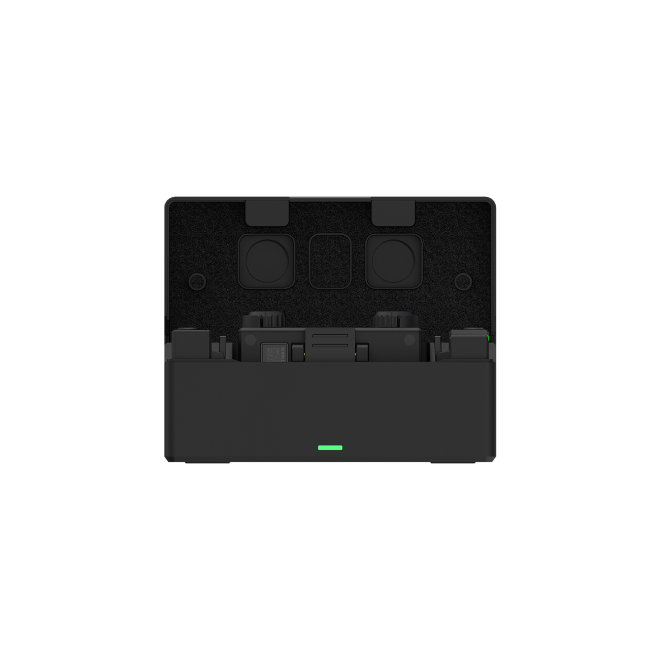

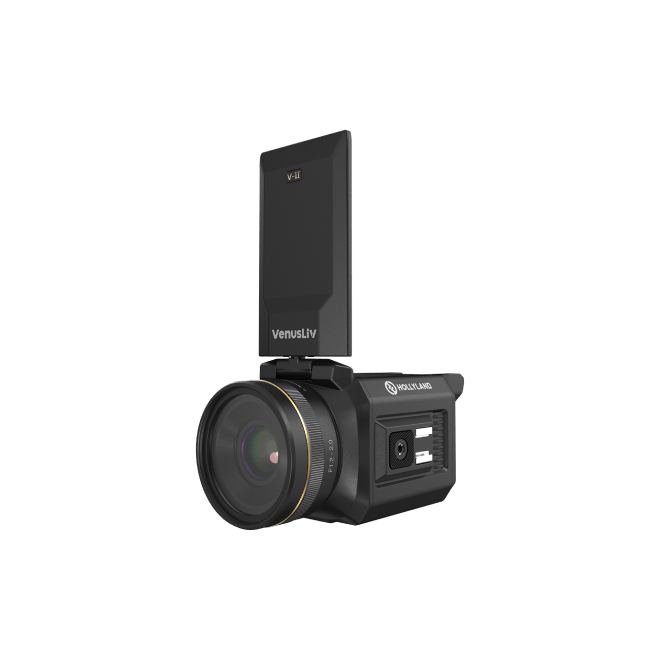
.png)




